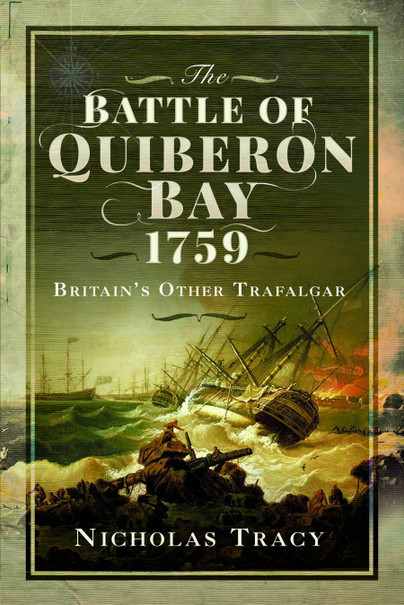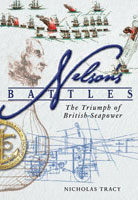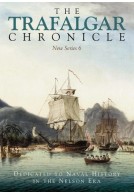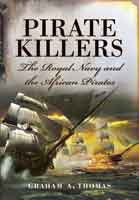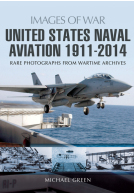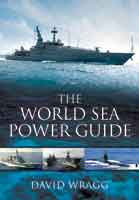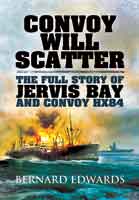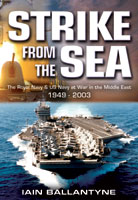The Battle of Quiberon Bay, 1759 (Paperback)
Britain's Other Trafalgar
Imprint: Pen & Sword Maritime
Pages: 256
Illustrations: 8pp plates, 7 maps
ISBN: 9781399014496
Published: 4th October 2021
(click here for international delivery rates)
Order within the next 3 hours, 31 minutes to get your order processed the next working day!
Need a currency converter? Check XE.com for live rates
| Other formats available | Price |
|---|---|
| The Battle of Quiberon Bay, 1759 eBook (1.6 MB) Add to Basket | £6.99 |
Revered naval theorist, Alfred Thayer Mahan, thought the Battle of Quiberon Bay (20 Nov 1759) was as significant as Nelson's victory in 1805, calling it 'the Trafalgar of this war [the Seven Years War]'. Arguably it was even more vital. Britain in 1759 was much less well-defended, with virtually no regular troops at home, and the threat of French invasion was both more realistic and more imminent. When the British fleet under Admiral Hawke fell upon them, the French ships of the line under Admiral Conflans were actually on their way to rendezvous with the invasion troopships gathered at the mouth of the Loire. Yet the battle and the admiral remain relatively obscure - there is no Quiberon Square or Hawke's column.
The battle itself was fought in terrible weather, the French attempting to exploit their local knowledge by heading for Quiberon Bay, assuming the British would not follow them among its treacherous shoals in such conditions. Hawke, however, pursued them under full sail and the French ships were destroyed, captured, run aground or scattered for the loss of only two British ships which ran aground. The invasion was thwarted.
Professor Nicholas Tracy studies the battle and its strategic consequences, particularly upon the war for North America.
Nicholas Tracy is Adjunct Professor of History at the University of New Brunswick and Associate of the Milton Gregg Centre for the Study of War and Society. His many previous works on naval history include: Who's Who in Nelson's Navy (Chatham, 2006) and Nelson's Battles (Chatham, 1996, reprinted 2001).He lives in Canada.
Other books have been written on this battle, but Tracy attempts to place it within the context of world events and politics. He explores its roots and then gradually takes readers through what led up to and transpired during and after the confrontation in eight chapters.
Pirate and Privateers
Read the full review here
The book has many excellent attributes. Thos unfamiliar with the theatre of operations have a number of maps and illustrations of the coastline to consult. The other illustrations support the text. The appendices include the entries from one of the British logs covering the battle, and a song inspired by it. The work is firmly grounded in British manuscript and printed primary sources, which are easily identified thanks to the bibliography. Tracy also consulted the appropriate secondary literature, and capably integrated in into his book. From a British perspective this is a definitive study.
International Journal of Maritime History
Britain in 1759 was much less well-defended, with virtually no regular troops at home, and the threat of french invasion was both more realistic and more imminent.
Spartacus review
About Nicholas Tracy
NICHOLAS TRACY, having served in the Royal Canadian Navy and undertaken research for the Canadian Directorate of Strategic Analysis, was a member of the International Institute for Strategic Studies and Adjunct Professor of History at the University of New Brunswick for over 25 years. His many works on naval history include: Who’s Who in Nelson’s Navy (Chatham, 2006), Britannia’s Palette: The Arts of Naval Victory, (McGill-Queens UP, 2007), Nelson’s Battles, The Triumph of British Seapower (Seaforth, 2008), and A Two-Edged Sword, the Navy as an Instrument of Canadian Foreign Policy, (Winner of the John Lyman Book Award. McGill-Queens UP, 2012). He lives in Canada.







